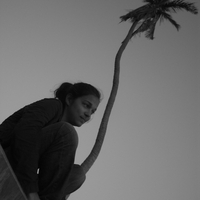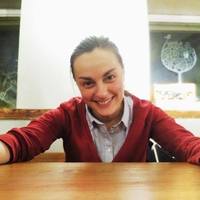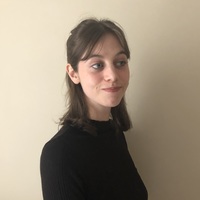Conference Presentations by Elisa Migliaretti
Classical Latin verb-initial compounds are attempts at borrowing the compositional structure of A... more Classical Latin verb-initial compounds are attempts at borrowing the compositional structure of Ancient Greek compounds with a verbal head as the first element. The process is governed by the Resistance Principle (Guardiano et al. 2016, 2020) and tied to the productivity of deponent structures of the VOAux type [Fourth AMC Symposium: Contact and Language Change - University of Edinburgh (Dec. 2-4, 2024)]
The class of verbal first compound members in -εσι- is not a homogeneous group, but its origin is... more The class of verbal first compound members in -εσι- is not a homogeneous group, but its origin is ultimately connected with neuter s-stems. I reconstruct a process for Homeric Greek parallel to the deverbative formation of verbal second members in -ής, which produces verbal first members in -εσι- by analogy with the compositional forms of s-stems. [35th Annual UCLA Indo-European Conference (WeCIEC35) - UCLA, Los Angeles (Oct. 25-26, 2024)]
I argue that Damophilos, mentioned at the end of Pythian 4 (279–299), is presented by Pindar as a... more I argue that Damophilos, mentioned at the end of Pythian 4 (279–299), is presented by Pindar as a poet on the basis of the comparison with other pindaric passages that contribute to the construction of the cycle of peace and poetry as first formulated by Slater (1981). [120th Annual Meeting of the Classical Association of the Middle West and South (CAMWS 2024) – St. Louis, MO (Apr. 3–6, 2024)]
Porson's Bridge reconsidered in light of a theory of Ancient Greek Speech Rhythm and its conseque... more Porson's Bridge reconsidered in light of a theory of Ancient Greek Speech Rhythm and its consequences on the supposed "proclitic behavior" of enclitics [34th Annual UCLA Indo-European Conference (WeCIEC34) - UCLA, Los Angeles (Oct. 27-28, 2023)]
On the collocation [FORWARDS and BACKWARDS] in Homer and other IE languages
[7th Indo-European R... more On the collocation [FORWARDS and BACKWARDS] in Homer and other IE languages
[7th Indo-European Research Colloquium (IERC7) – UCSC, Milan (Apr. 26–28, 2023)]
Posters by Elisa Migliaretti
Where does -εσι- come from? How do we establish a data-driven basis for analogy? What is the role... more Where does -εσι- come from? How do we establish a data-driven basis for analogy? What is the role of neuter s-stems? [6th International Summer School for Indo-European Linguistics – University of Pavia (Sept. 6, 2024)]
Why does the metrical rule known as Porson's Bridge exist? Is it a linguistic reality? Which lite... more Why does the metrical rule known as Porson's Bridge exist? Is it a linguistic reality? Which literary genres does it apply to? [6th Crete Summer School of Linguistics (CreteLing24) – University of Crete (Jul. 18, 2024)]
What can hapax legomena compounds from the Pythians tell us about poetic tradition and innovation... more What can hapax legomena compounds from the Pythians tell us about poetic tradition and innovation in Pindar’s language? [5th International Summer School for Indo-European Linguistics – University of Pavia (Sept. 06, 2022)]











Uploads
Conference Presentations by Elisa Migliaretti
[7th Indo-European Research Colloquium (IERC7) – UCSC, Milan (Apr. 26–28, 2023)]
Posters by Elisa Migliaretti
[7th Indo-European Research Colloquium (IERC7) – UCSC, Milan (Apr. 26–28, 2023)]